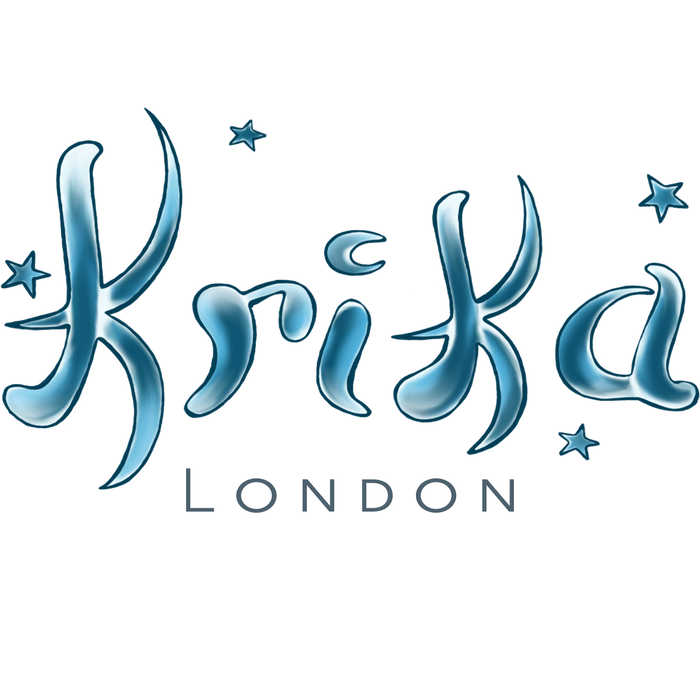PIEDRA LUNAR: Una piedra preciosa cargada de historia y misticismo

La piedra lunar, una gema cautivadora con un brillo etéreo, ha sido venerada durante mucho tiempo por su cautivadora belleza y su rico significado cultural. Este fascinante mineral, una variedad del feldespato, exhibe un fenómeno óptico único conocido como adularescencia, que crea un suave brillo azulado que parece ondear sobre su superficie, evocando la radiante luz de la luna. Su encanto místico la ha convertido en una opción popular para joyería y piezas decorativas, y su fascinante historia y significados simbólicos no han hecho más que acrecentar su atractivo.
Propiedades
La piedra lunar pertenece al grupo de los feldespatos y está compuesta principalmente de silicato de potasio y aluminio, con una fórmula química de KAlSi₃O₄. Su color varía desde incoloro hasta diversas tonalidades de blanco, gris, amarillo, marrón y verde, con la distintiva adularescencia azulada que la distingue. Este efecto óptico se debe a la interacción de la luz con la singular estructura cristalina del mineral, creando un espectáculo visual fascinante y cautivador.
Importancia histórica y cultural
La piedra lunar ha sido apreciada durante siglos por diversas culturas del mundo. En la antigua Roma, se creía que se formaba a partir de los rayos lunares solidificados, y en la India, se consideraba una gema sagrada, asociada con la deidad hindú Shiva. Esta gema también ha tenido importancia en otras culturas, a menudo asociada con la fertilidad, el amor y la iluminación espiritual.
Simbolismo y significados
A lo largo de la historia, la piedra lunar se ha asociado con diversos significados simbólicos y creencias. Si bien es importante abordar estas afirmaciones con una mentalidad crítica y racional, algunas creencias históricas asociadas con la piedra lunar incluyen:
- Representa la energía femenina, la intuición y la fertilidad.
- Mejorar el equilibrio emocional y la paz interior (según ciertos sistemas de creencias)
- Promover la claridad de pensamiento y la toma de decisiones
Sin embargo, es fundamental recordar que estas creencias tienen su raíz en tradiciones culturales e interpretaciones personales más que en evidencia científica.
Aplicaciones de joyería
La singular belleza y durabilidad de la piedra lunar la convierten en una opción popular entre diseñadores y artesanos de joyería. Esta gema se utiliza a menudo en colgantes, anillos, pendientes y otras piezas ornamentales, donde se puede realzar su cautivadora adularescencia. Las joyas con piedra lunar pueden variar desde delicadas y románticas hasta audaces y llamativas, según el diseño y la configuración.
Cuidado y mantenimiento
Para que sus joyas de piedra lunar luzcan impecables, es importante seguir las pautas de cuidado y mantenimiento adecuadas. La piedra lunar tiene una dureza de 6-6,5 en la escala de Mohs, lo que la hace relativamente duradera, pero susceptible a rayones y astillas si no se maneja con cuidado. Aquí tiene algunos consejos:
- Evite la exposición a productos químicos agresivos, como limpiadores domésticos y cosméticos, ya que pueden dañar la superficie de la piedra preciosa.
- Quítese las joyas de piedra lunar antes de realizar actividades que puedan causar impacto o abrasión, como deportes o trabajos manuales.
- Limpie sus joyas de piedra lunar con un cepillo suave y una solución de agua y jabón suave, y séquelas completamente con un paño suave.
- Guarde las joyas de piedra lunar separadas de otras piedras preciosas para evitar que se rayen.
La piedra lunar es una gema verdaderamente cautivadora que ha cautivado a la gente durante siglos con su brillo etéreo y su encanto místico. Si bien algunas creencias históricas asociadas con la piedra deben abordarse con una mentalidad racional y crítica, es innegable el encanto y la belleza de este fascinante mineral. Ya sea que te atraiga su apariencia única o su rico significado cultural, la piedra lunar es una gema que merece un lugar en cualquier colección.




Dejar un comentario